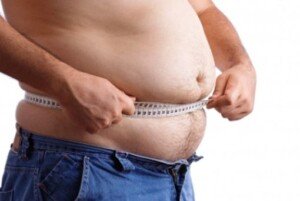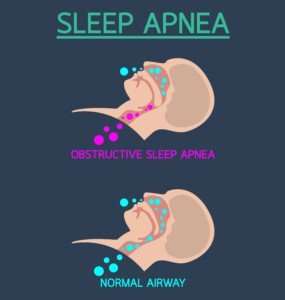![]()
Many people have sleep apnea and have no idea they have this dangerous condition, and contrary to myth, thin people CAN have obstructive sleep apnea.
Obstructive sleep apnea is quite prevalent – and not just because so many people are obese.
It’s one of the most under-diagnosed and misdiagnosed medical conditions.
It’s years before many patients are finally diagnosed.
OSA can cause life-threatening complications if not treated.
It does not affect only older overweight men who snore. Younger people including women of normal body weight can be affected.
Why is OSA dangerous?
“Sleep apnea causes high blood pressure — plain and simple, and we know high blood pressure can lead to cardiovascular disease,” says Daniel Rifkin, MD, a sleep medicine expert at the Sleep Medicine Centers of Western New York.
“However, sleep apnea alone, and independent of high blood pressure, is associated with cardiovascular disease.”
Just how many men and women have sleep apnea?
The New England Journal of Medicine says that nine percent of middle age women and 24 percent of middle age men have sleep apnea.
While more conservative estimates say that two to four percent of middle age men and one to two percent of middle age women are affected by sleep apnea, this does NOT account for the vast demographic that remains undiagnosed.
Fact is, most people with sleep apnea, including in societies with the most advanced medicine, are walking around without a diagnosis.
Or, they’re walking around with the wrong diagnosis.
Number of Americans with OSA
The estimation is about 22 million, with 80 percent being at the moderate to severe level. This means over 15 disordered-breathing events per hour of sleep.
One reason obesity is associated with obstructive sleep apnea is because obesity exacerbates daytime symptoms, making patients miserable.

Fj.toloza992, CC BY-SA
Those with troubling daytime symptoms are more likely than thin patients with milder daytime symptoms to seek medical attention.
Hence, obese sufferers may be getting faster and more numerous diagnoses.
Obesity also can also crowd out the upper airway during sleep when it’s most relaxed.
However, craniofacial structure and natural throat anatomy are the driving forces behind OSA.

Shutterstock/iLoveCoffeeDesign
If a skinny person has a large uvula (the “punching bag” that hangs in the back of your throat) in combination with a narrow airway, this is the perfect storm for obstructions during sleep.
Other contributing elements include a large tongue base and surplus pharyngeal tissue.
If this person becomes fat, then the tissue around these structures becomes plumper, increasing the degree and frequency of obstructions.
Many people with undiagnosed OSA are wrongly diagnosed with the following:
• Age related fatigue
• Stress
• Exhaustion from a hectic lifestyle
• Side effects from weight gain
• Chronic fatigue syndrome
• Fibromyalgia
• ADHD
• Depression
• Chronic sinusitis
• Poor nutrition
Not all people with sleep apnea snore, and not all snorers have sleep apnea.
Symptoms of Sleep Apnea
- Morning headaches that quickly dissapate once up and about
- Excessive urine production overnight
- Gasping or snorting during sleep
- Family members witnessing episodes of stopped breathing
- Difficulty concentrating or irritability
- Easily falling asleep while driving, reading or watching TV










































